Search results6 results
COLLECTION
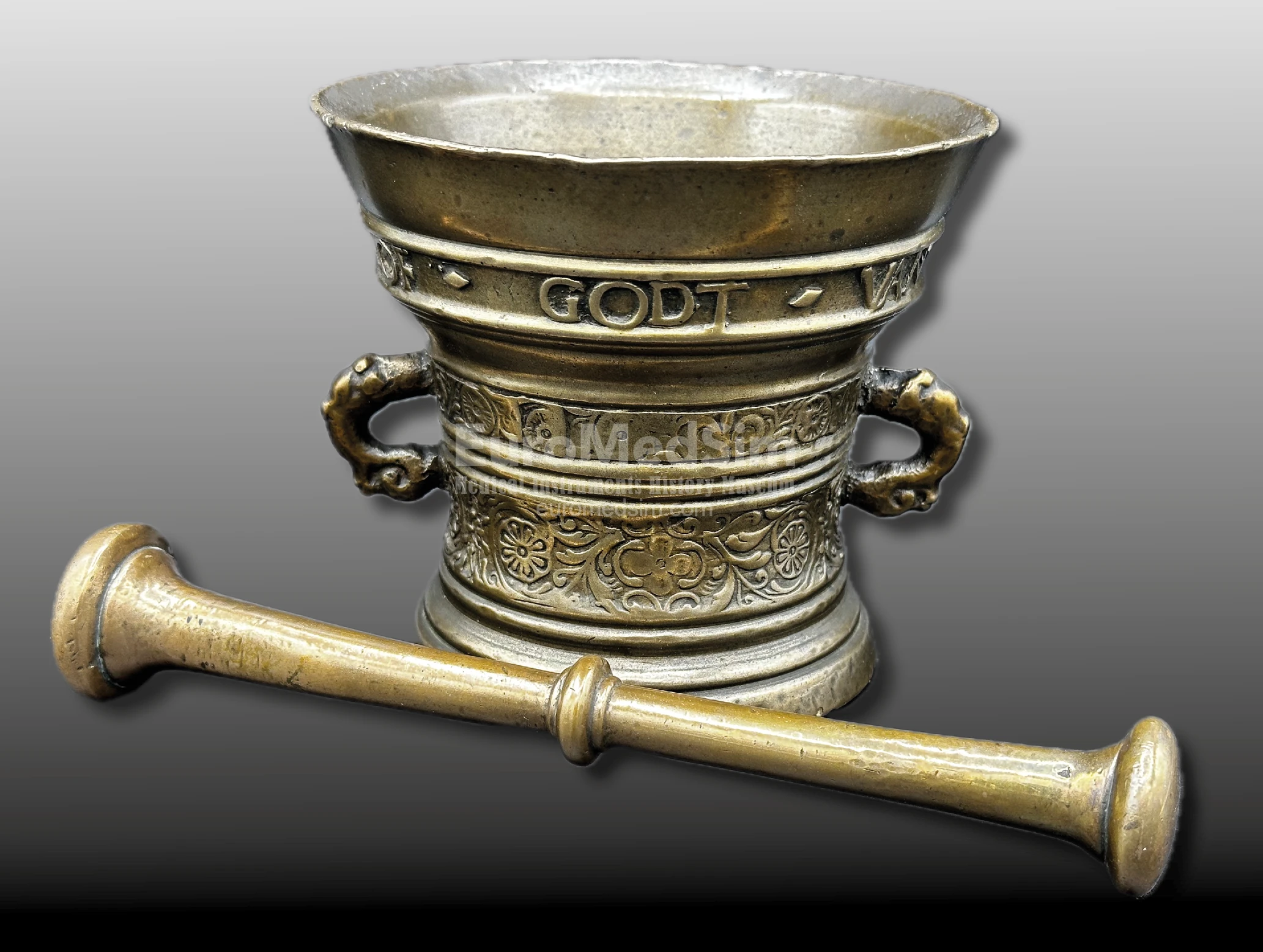
Netherlands, 1638
Mortar and pestle, baroque, The Netherlands, 1638. Bell shaped, two carved handles, and two floral friezes. On the upper part circular inscription: LOF * GODT * VAN * AL * Ao * 1638 (Praise God by all, in the year 1638), 11 cm
PEOPLE
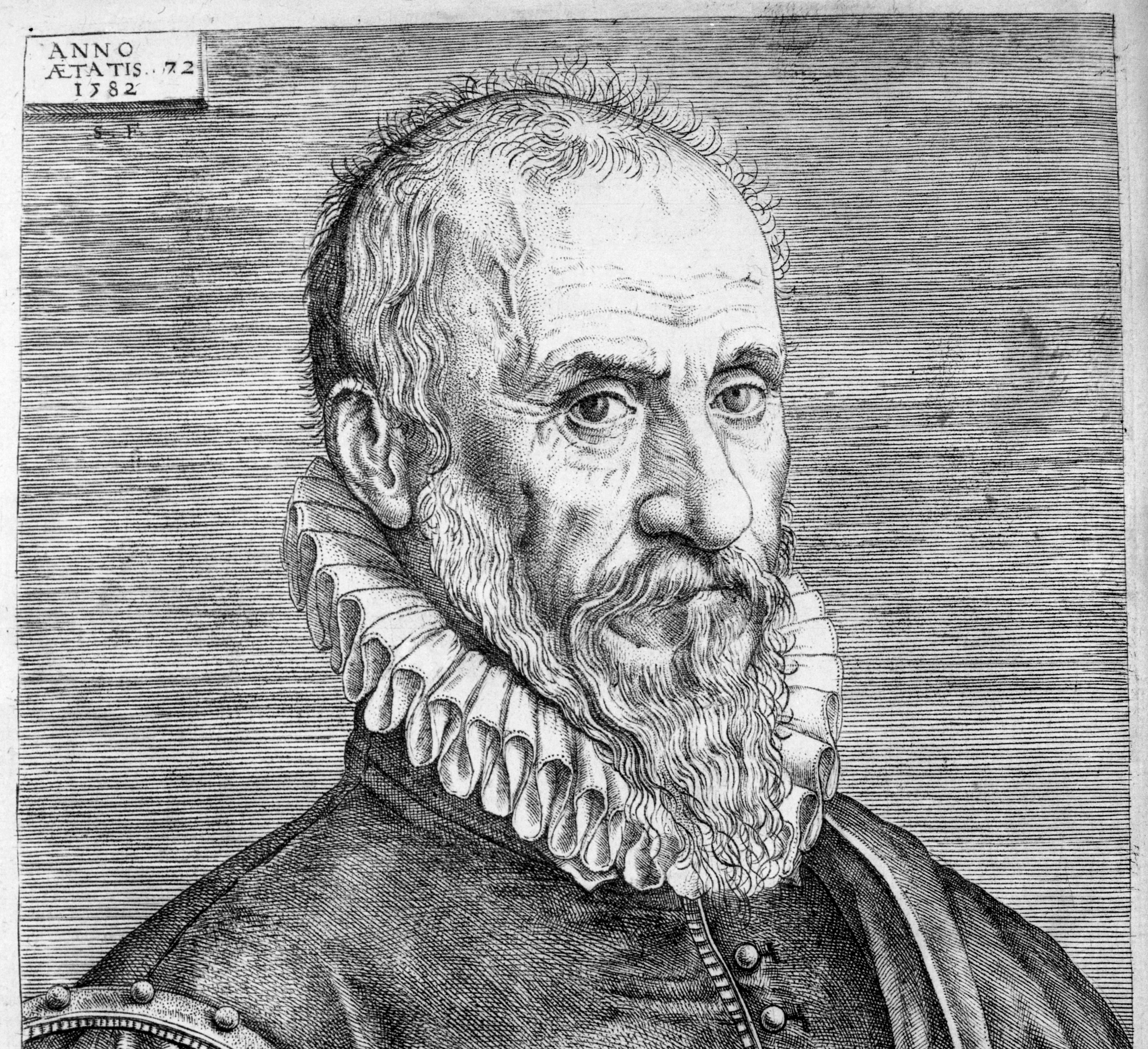
Ambroise Paré (1510-1590), considered to be 'père de la chirurgie française' (father of French surgery), royal surgeon to four kings. Born in the French province, he revolutionised surgical practice despite having developed only a few entirely original methods. Paré's status as the ‘father of French surgery’ is not due to individual inventions, but primarily to the fact that, thanks to royal support, his voice could not be ignored. His revolutionary methodology for the time included empirical observation (instead of reading the classics), challenging dogma (rather than commenting on ancient authors), democratising knowledge (books in vernacular French rather than scholarly Latin) — thanks to his numerous widely circulated publications richly illustrated, his ideas and concepts found their target audience and drowned out the opinions of conservative opponents, while the status of surgeons was raised from that of modest craftsmen to the noble authority of university medicine.
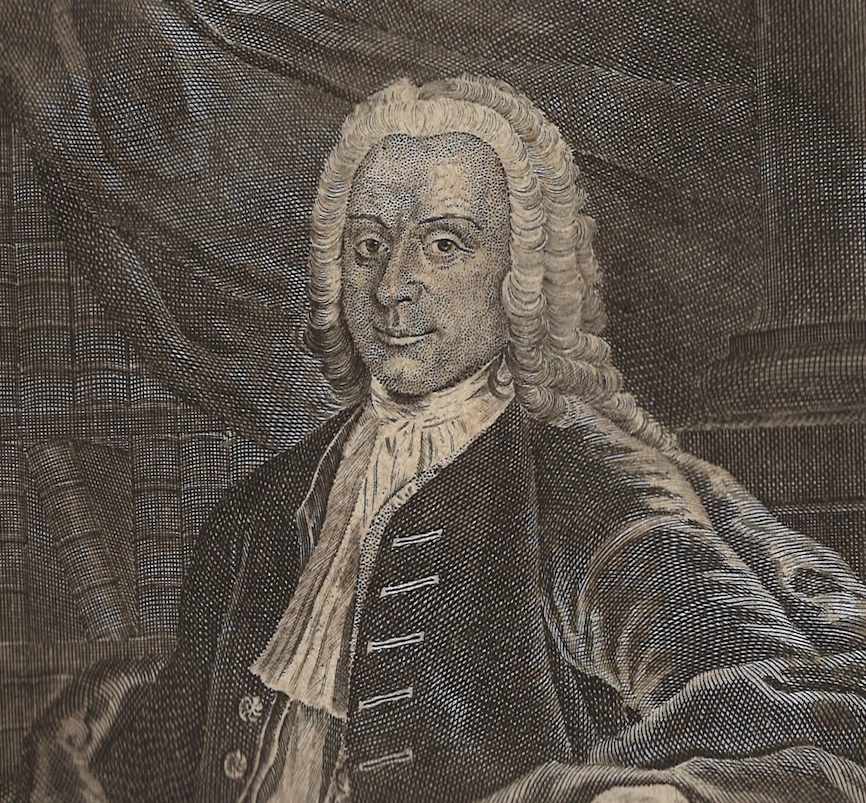
Lorenz Heister, an 18th-century prominent German surgeon, Professor of Anatomy and Surgery at the University of Altdorf, Germany. He authored influential books translated into multiple languages, leaving a lasting impact on medical education, including famous "Chirurgie, in welcher alles was zur Wund Artzney gehöret, nach der neuesten und besten Art, gründlich abgehandelt wird." translated in all main European languages.
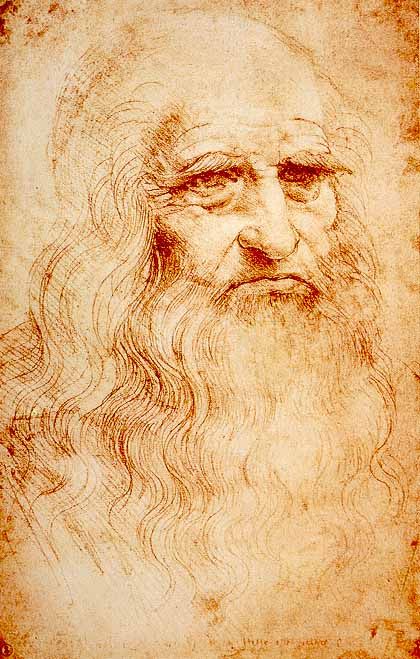
Leonardo da Vinci was, besides of everything else, outstanding anatomist. However, his wonderful works did not influence contemporary science.
MUSEUM
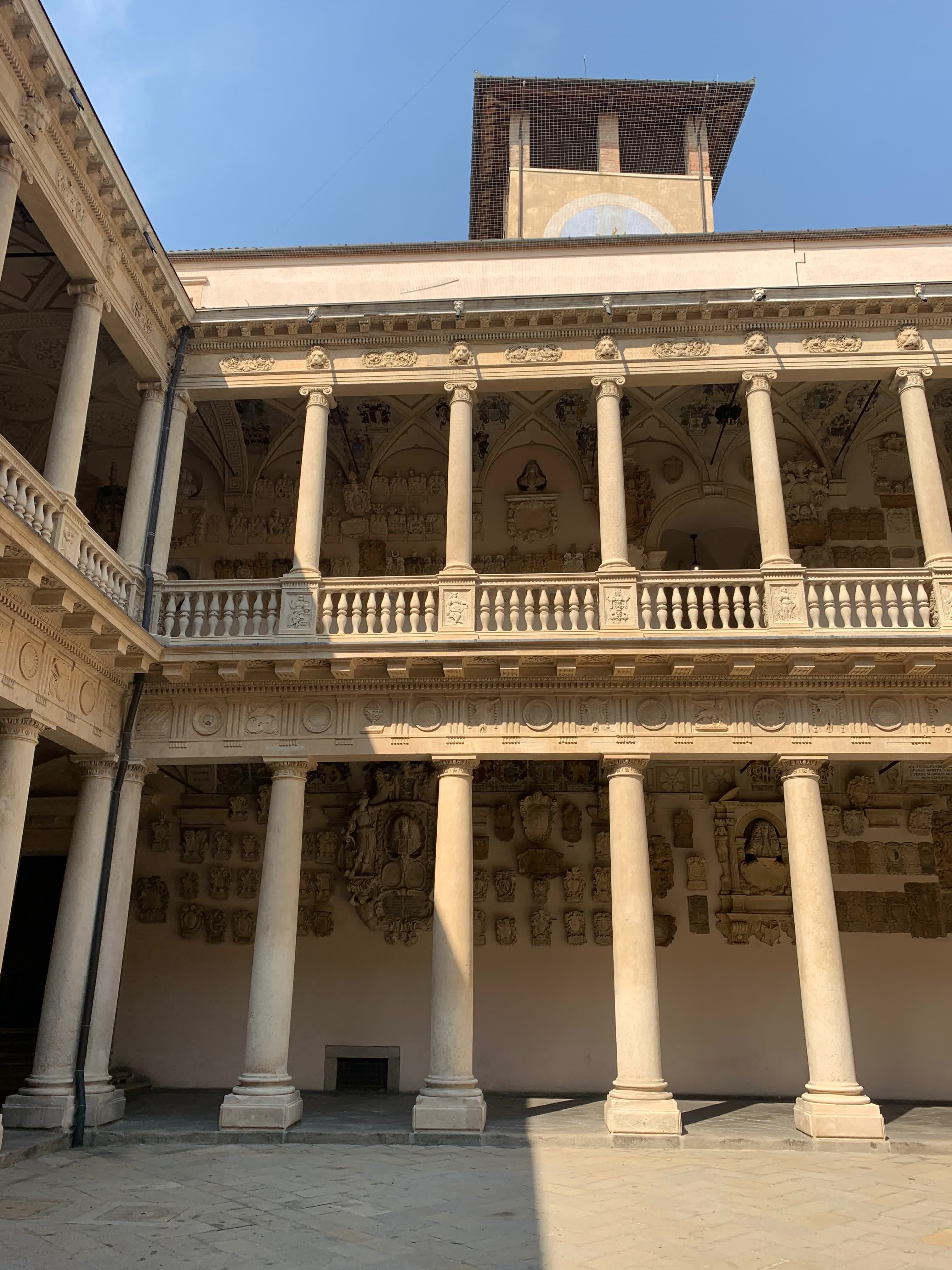
Italy, Padua
Bo Palace (Palazzo del Bo) is the central piece of the Paduan University. Established in 1222, the University of Padua is one of the oldest and most prestigious universities in the world. Its Medical Faculty has been a leading institution for medical studies for centuries. Perhaps the most famous alumnus of the Medical Faculty is Andreas Vesalius, who is often referred to as the father of modern human anatomy. He studied and later taught at Padua, and his seminal work, "De humani corporis fabrica" (On the Fabric of the Human Body, 1543) was a groundbreaking text in anatomy. The Anatomical Theatre of Padua, built in 1594 during tenure of Girolamo Fabrici d’Acquapendente, is the oldest surviving anatomy theatre in the world. It was here that many important dissections and lectures took place, attracting students from across Europe is the place for 16th-century Anatomy Theatre. Another famous alumni of the University was William Harvey, who discovered blood circulation.
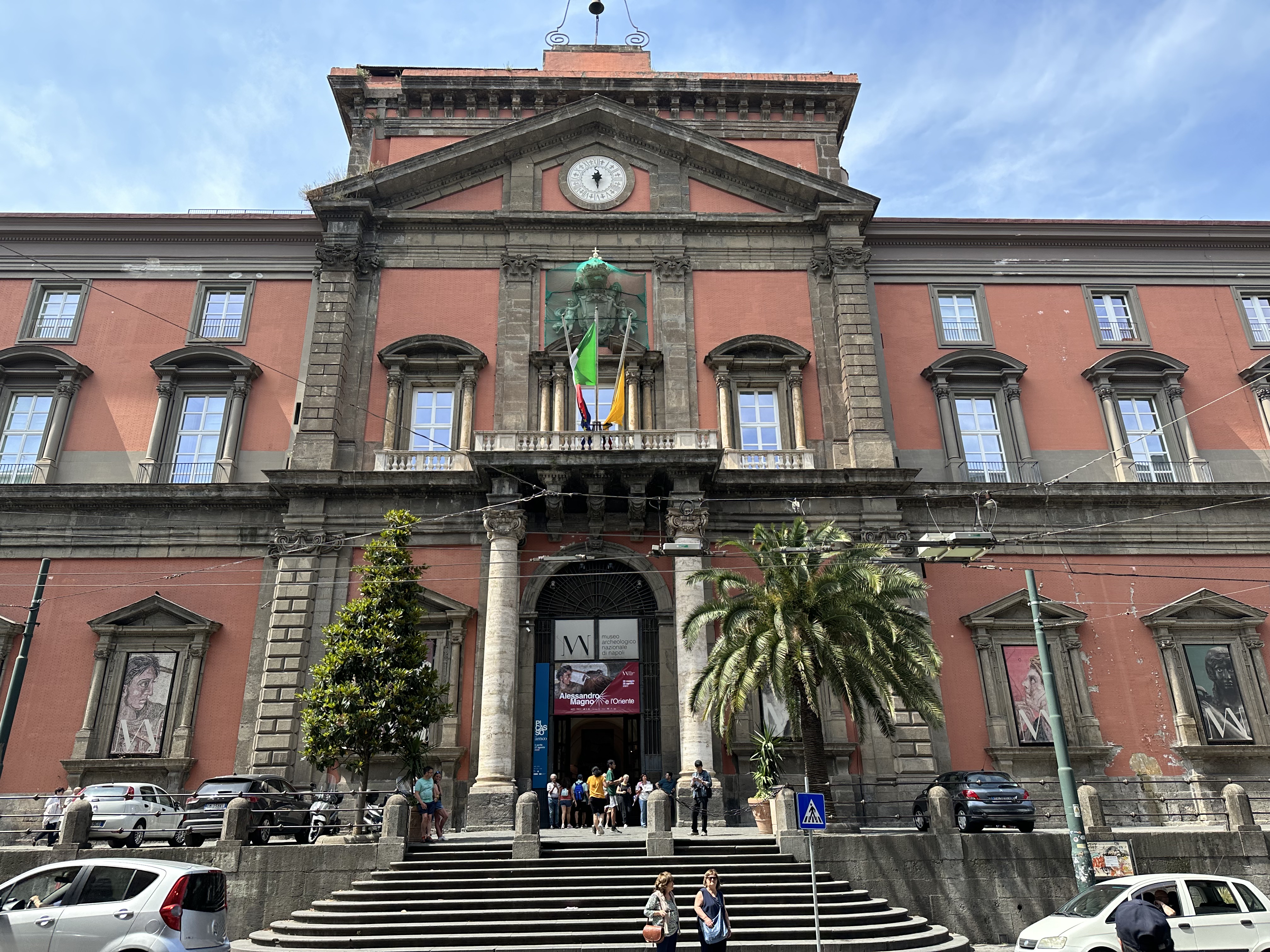
Italy, Naples
Museo Archeologico Nazionale di Napoli (National Archeological Museum of Neapel) holds a significant collection of medical and surgical instruments from ancient Rome recovered from the ruins of Pompeii and Herculaneum, destroyed by the eruption of Mount Vesuvius in 79 AD.